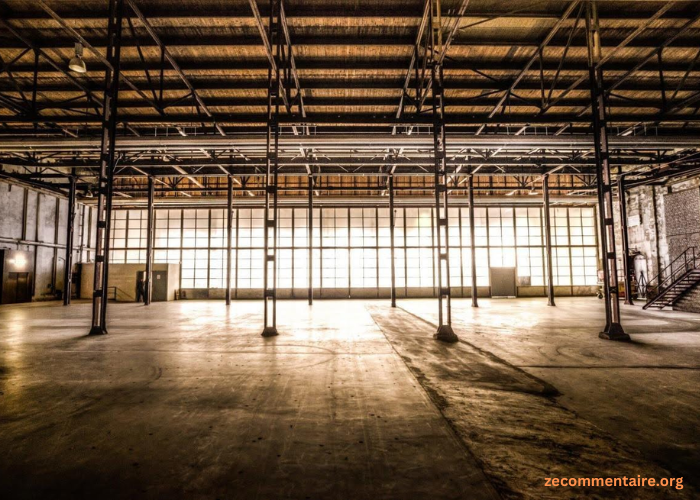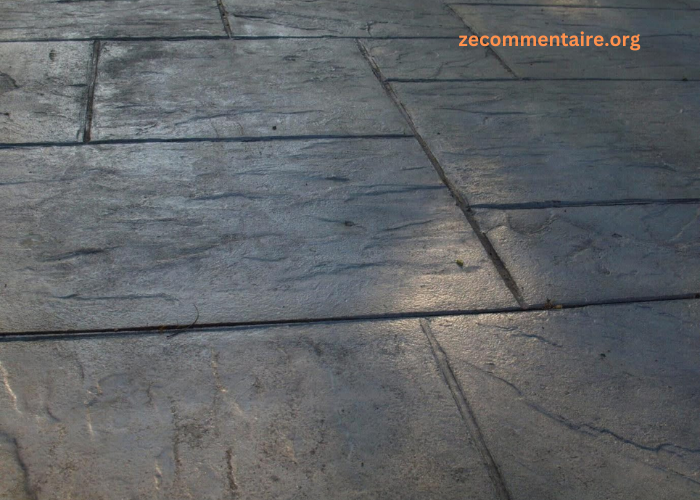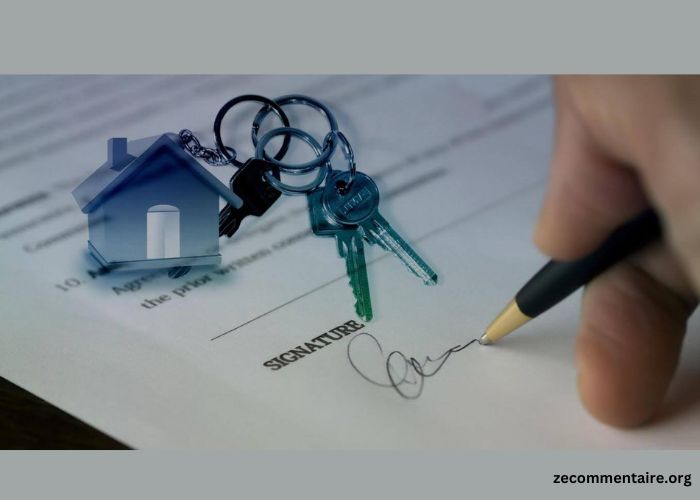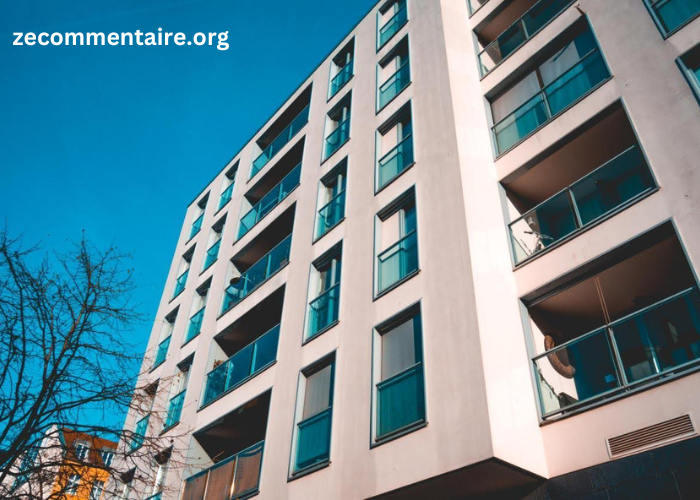When it comes to constructing temporary buildings, the choice of materials is crucial. These structures often serve a variety of purposes, from providing shelter at events to serving as temporary offices or storage facilities during construction projects.
The materials used must be not only cost-effective but also durable and adaptable to different environments. Two popular options for temporary building materials are fabric and steel.
In this article, we will compare these two options in terms of their characteristics, benefits, and applications to help you make an informed decision for your next temporary building project.
Fabric Structures: Lightweight and Flexible
Fabric structures have become pretty popular lately because they’re lightweight and flexible in design. Usually, they have a steel frame covered in a tough fabric. The fabric is made of materials like PVC or polyester. These materials are known for their strength and weather resistance.
One cool thing about fabric structures is how quick and easy they are to set up. Regular buildings need lots of construction. Fabric structures can go up in just days or even hours. The time depends on their size and complexity. That’s why they’re great for temporary stuff like trade shows, festivals, or disaster relief efforts.
Plus, fabric structures can adapt to different environments and be customized to fit your needs. Whether you want a temporary warehouse, a sports facility, or a concert venue, fabric structures got you covered. They also bring in lots of natural light, cutting down on energy costs by reducing the need for artificial lighting during the day.
Steel Structures: Strength and Durability
People have always picked steel for temporary buildings. They pick it for its strength and durability. Fabric structures rely on tension. In contrast, steel structures have sturdy frames and panels. They give you a solid and stable setup.
The great thing about steel structures is they can handle tough weather and heavy loads like a champ. Whether it’s rough winds, heavy rain, or snow, steel buildings offer great protection. They beat fabric ones. That’s why they’re perfect for long-term temporary setups.
Steel structures are super versatile and can be tailored to fit a bunch of needs. Steel buildings offer plenty of space and security. They work for temp offices, classrooms, and storage spaces. They’re good for all kinds of uses. Plus, they’re easy to tweak or expand as needed, making them a flexible choice for temp construction projects.
Comparing the Options
When choosing between fabric structures and steel buildings for temporary projects, there are several factors to consider.
Ease of Assembly
Fabric structures usually need a few tools for assembly. This makes them a quick and easy option for temporary projects. Steel buildings may take longer to construct but offer a more permanent and durable solution.
Cost Comparison
When it comes to cost, fabric structures may seem like the more affordable option at first glance. However, when we consider the longevity and durability of steel buildings, they can actually be a cost-effective choice in the long run. Additionally, steel buildings often have lower maintenance costs compared to fabric structures.
Environmental Impact
Steel is a very sustainable building material. It has a lot of recycled content and can be recycled again at the end of its life.
Fabric structures may also use some recycled materials, but they are not as environmentally friendly as steel buildings. Also, steel buildings last longer. They need less maintenance, which reduces their environmental impact.
Structural Integrity
Steel is known for its strength and durability, making it a reliable choice for building structures. Fabric structures may claim to be durable. But, they cannot withstand extreme weather like severe storms or heavy snow as well as steel buildings can. Steel’s strength also makes it safer. It’s good for storing valuable equipment or housing livestock.
Energy Efficiency
Steel buildings are energy efficient. They have insulation and reflective coatings. These features help regulate temperature and cut energy use. But, fabric structures rely heavily on natural ventilation. Or, they need extra heating and cooling. This results in higher energy usage.
Versatility
Steel buildings offer many design options. They can be used for purposes like storage, agriculture, or even commercial spaces. They can also easily handle add-ons or changes. This allows for future expansion if needed. Fabric structures, on the other hand, have limited design options and are generally only suitable for temporary use.
Maintenance
Both fabric structures and steel buildings require some level of maintenance to ensure their longevity. Fabric structures may require more frequent maintenance due to the need to inspect and repair the fabric membrane.
On the other hand, steel buildings may require periodic inspections and maintenance of the metal components, such as rust prevention and repainting. However, steel buildings typically have a longer lifespan and require less maintenance overall.
Durability
Steel is known for its strength and durability, making it an ideal construction material. Steel buildings can withstand harsh weather conditions, such as high winds, heavy snow loads, and even earthquakes. They are also resistant to fire and pests.
Fabric structures, while they can be reinforced with steel frames, are not as durable in extreme weather conditions and may need to be replaced or repaired more frequently.
Design Flexibility
One advantage of fabric structures over steel buildings is their design flexibility. The fabric membrane can be stretched over different shapes and sizes, allowing for unique and creative designs.
Steel buildings have evolved significantly in design flexibility. Thanks to technological and engineering advancements, steel structures can be tailored to complement any architectural style or design preference.
Making the Right Choice for Temporary Buildings
When it comes to temporary building materials, the choice is between fabric structures and steel buildings. It comes down to what you need, how much you want to spend, and your eco-friendly priorities.
Whether you go for flexible fabric structures or sturdy steel buildings, both can get the job done for temporary projects. The key is to find a balance between functionality, budget, and eco-friendliness for your temporary building requirements.
Do you have any burning questions? We’ve got you covered with all the answers you need. Swing by our blog for even more juicy and informative content today!





